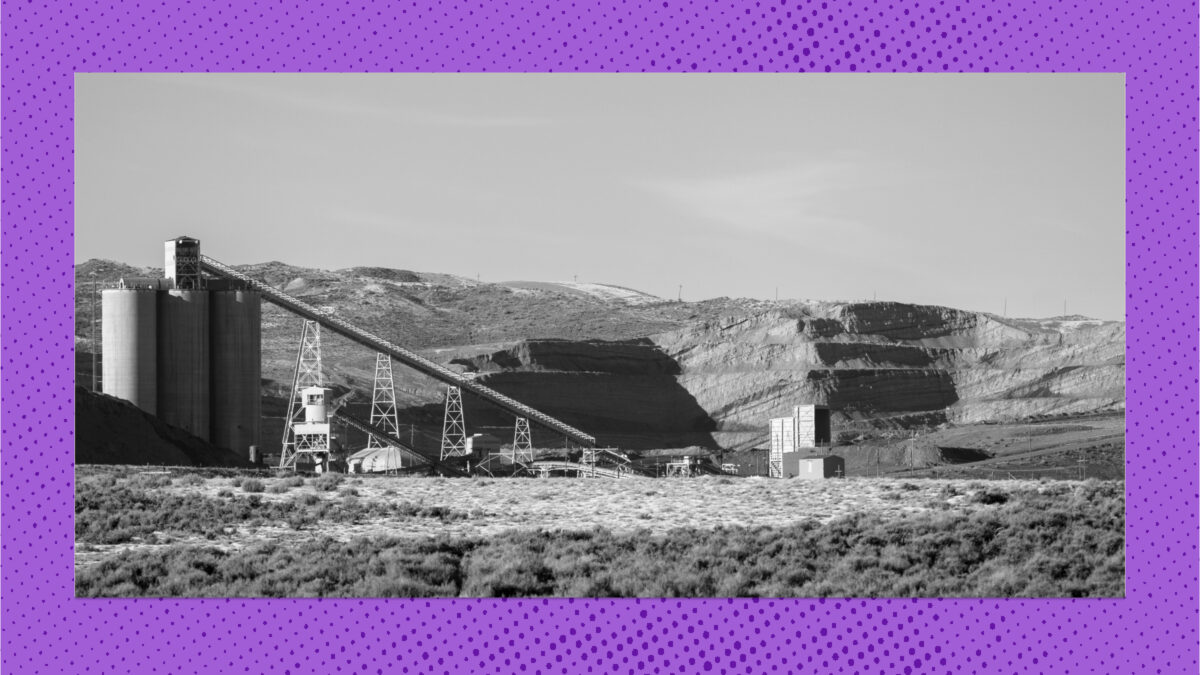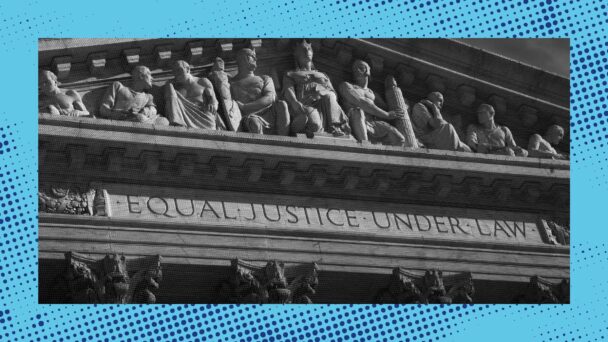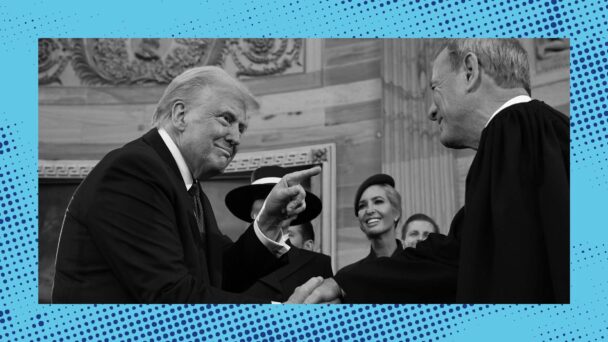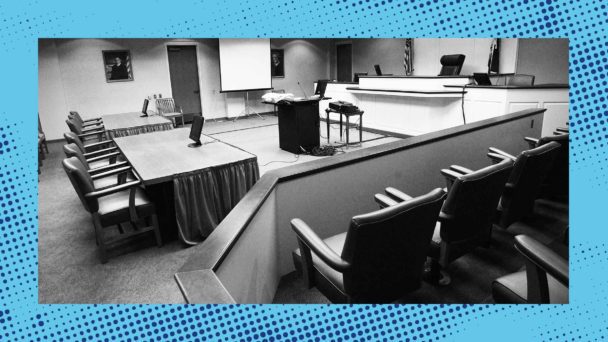On November 20, 1968, a coal mine in West Virginia exploded with 99 workers inside, claiming 78 lives. This disaster catalyzed the labor movement: From mid-February to early March, tens of thousands of miners went on a wildcat strike, demanding safer working conditions and better compensation when workers are injured or killed.
At that time, many states didn’t recognize coal workers’ pneumoconiosis, commonly known as “black lung disease,” as a condition warranting workers’ compensation and disability benefits. Miners (and the widows of miners) pushed for the government to take black lung seriously. And Congress took several steps in response, including creating the Mine Safety and Health Administration, a federal agency that develops and enforces rules governing mining industry safety.
MSHA regulations were credited with largely eradicating black lung disease by the 1990s. But now the disease has returned to epidemic proportions, and miners are again struggling to get the government to do something about it.
Black lung is caused by prolonged exposure to coal and silica dust particles. As the mining industry has exhausted coal seams, miners have been forced to dig deeper and cut through more rock. This produces more silica dust, which is about 20 times more toxic than coal dust alone. Black lung rates today are higher than those that inspired activists’ campaigns nearly 60 years ago. And advanced stages of the disease, which once affected old men who had worked in the mines for 25 years, are now impacting young men who have mined for less than a decade.
Finally, after years of lobbying, MSHA issued a new rule in April 2024 that told mine operators what they must do to further protect workers from silica exposure, and gave them until April 2025 to comply. Mining companies and trade associations representing industries like steel, stone, and concrete production sued to block the rule soon after it was issued, arguing that the agency exceeded its statutory authority and that the rule was arbitrary and capricious. The government agreed to pause enforcement while the case is ongoing. As a result, the compliance deadline has come and passed.
Neither party in Sorptive Minerals Institute v. MSHA—not the federal government and not the industry groups—seems all that interested in actually implementing the silica dust rule. So in April 2025, miners unions and medical associations both asked the Eighth Circuit Court of Appeals for permission to intervene in the case. The court denied both requests with one-sentence orders. Miners are fighting for their lives, and the Eighth Circuit is making that fight harder by closing the courtroom door on the only people who care about their health.
Silica is a mineral found in many rocks and is generally nonhazardous. But it becomes very dangerous when those rocks are cut, crushed, and drilled, and sharp particles become tiny enough to inhale. Silica dust lodges in lung tissue, causing inflammation and scarring, and preventing oxygen from reaching the lungs. Nevertheless, the mining industry and regulators largely ignored silica for decades, even while regulators adopted silica-specific standards for construction, general industry, and maritime workers. As the United Mine Workers of America puts it, black lung is “not a dust problem” but rather “an enforcement and compliance problem.”
The new MSHA rule lowers the limit on how much silica miners can be exposed to during a work shift, requires mine operators to take immediate corrective action if exposure exceeds the permissible limit, and mandates free health exams for all miners—including younger employees who are new to the industry. Prevention and early detection of excessive silica exposure is critical because black lung disease has no known cure.
Yet in Sorptive Minerals Institute v. MSHA, industry groups argued that they were the ones imminently at risk of irreparable harm. Specifically, they argued that the rule would cause them to “incur extremely high, nonrecoverable compliance costs,” and force them to “rework their operations in ways that will decrease their efficiency and cause the loss of other business opportunities.” The industry groups asked the court to lift the compliance date just two weeks before it was scheduled to go into effect in order to “protect the nation’s mines from unsustainable costs to comply with an unjustifiable rule.”
This was enough for MHSA, which announced a couple days later that it would voluntarily pause enforcement and give mine operators four more months to come into compliance. In a court filing, MHSA also said it was “aware of various issues affecting enforcement of the silica rule,” including “recent unforeseen restructuring” of government agencies. When the four months were up a few days ago, MHSA and the industry groups jointly extended the delay again. Now enforcement is paused until mid-October. What will happen in October is anyone’s guess.
Miners unions described MHSA’s sudden lackadaisical approach to the rule and the lawsuit as “a clarion call to this nation’s miners,” arguing that the agency “charged with the profound responsibility of protecting their health and safety” was “losing the stomach for the fight to vindicate its own rule.” The court’s decision amounts to yet another way the government has failed miners, who are left to simply hope that this failing is less fatal than the others.






